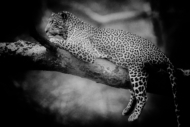
















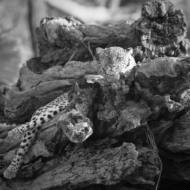


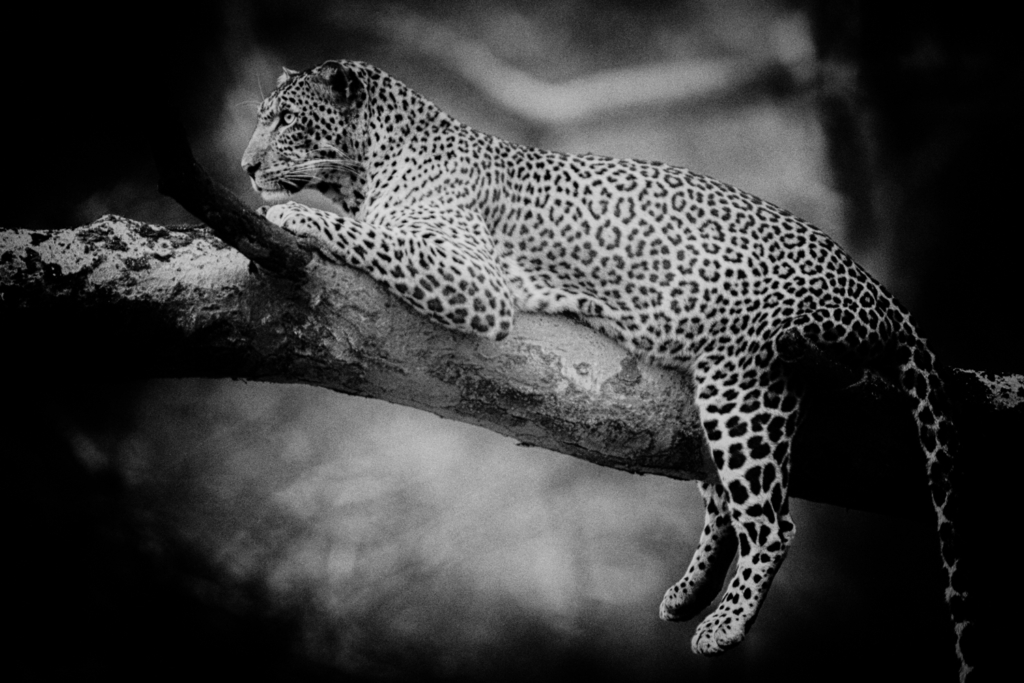

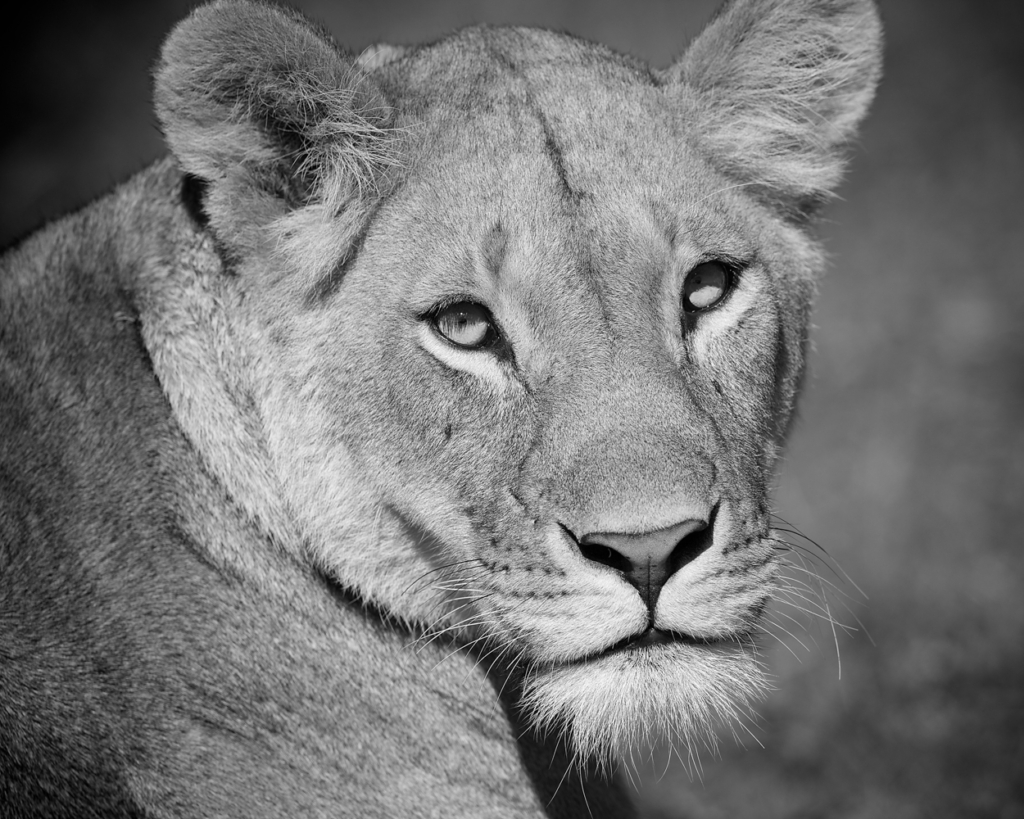




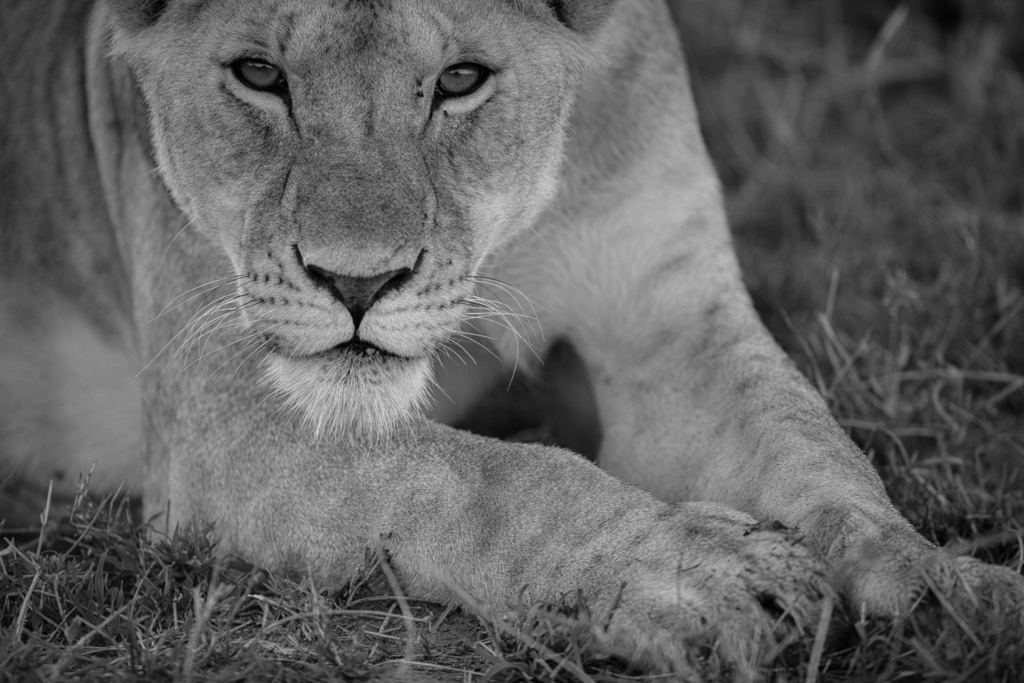









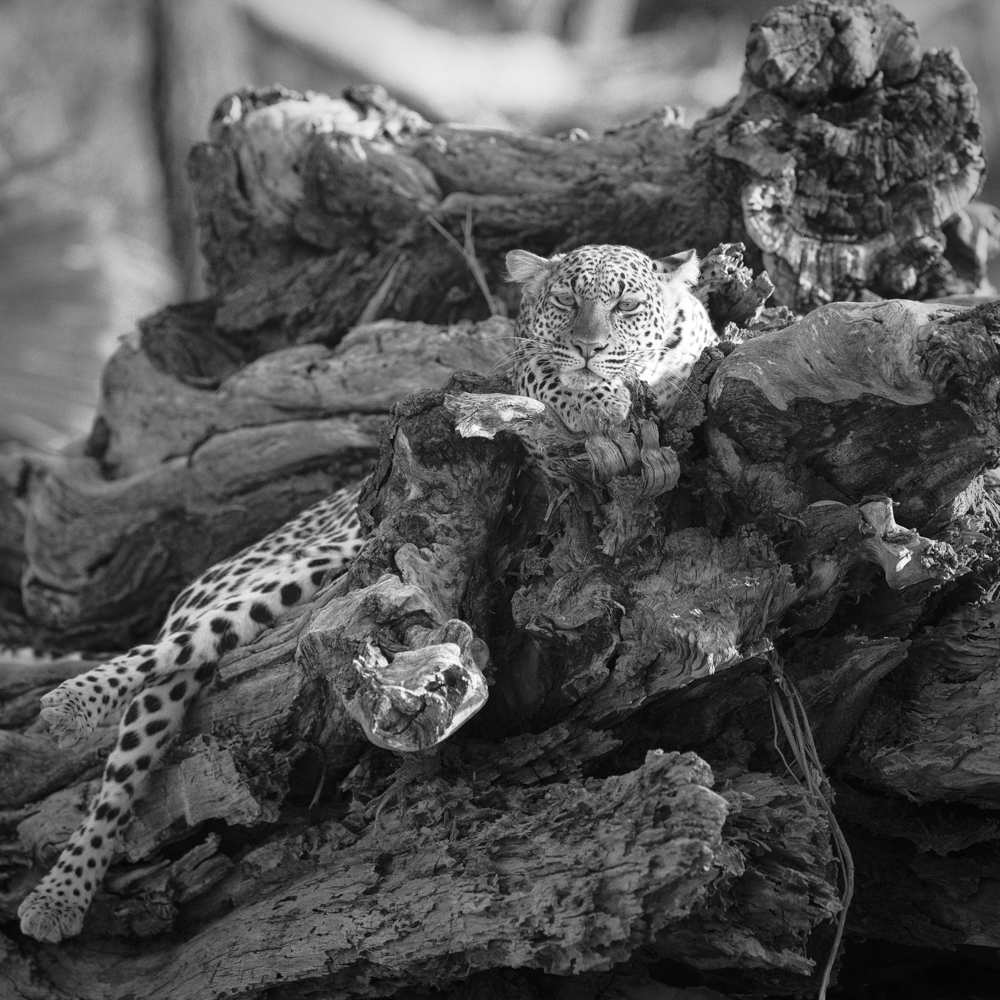


I was a young girl when I watched Born Free for the first time. Ever since, Africa held a special place in my imagination—it was a world away from the urban childhood I knew. The rawness of the landscape, the endless expanses of land. And Elsa the lioness.
Inspired by wildlife guardians like Dian Fossey, Jane Goodall, and Joy Adamson, I have spent much of my career as a photographer traveling to many countries in sub-Saharan Africa where wildlife is endangered. When we think of Africa, we think of the big cats that roam the vast open landscape—lions, yes, but also the cheetahs and the leopards among them. The human-wildlife conflict is real and has only gotten worse over time. With the pressures of human development and significant human population increases, the big cats are threatened or endangered.
The cheetah once roamed throughout India, Pakistan, Russia, Iran, the Middle East, as well as Africa. Today, only 7,500 cheetahs remain. The population has been reduced by 30% over the past 18 years and 50-75% of cubs die within months. The cheetah’s habitat is 25% of what it once was. The world’s fastest animal is in serious danger of going extinct within our lifetime.
The lion, a majestic and powerful animal that many of us associate with the wilds of Africa has been listed as vulnerable since 1996. This rapid decline is happening because lions are being forced into closer quarters with humans. This, coupled with a decrease in their natural prey, causes lions to attack livestock. In turn, farmers, oftentimes, retaliate and kill lions. People also hunt and kill lions in rituals of “bravery” or as hunting trophies. Already, the lion is extinct in seven regions in Africa and fewer than 21,000 survive on the continent of Africa.
The leopard has lost nearly 66% of its range to human development in Africa. Solitary animals, leopards are the most widespread and adaptable of all the big cats. They can be found in sub-Saharan Africa, northeast Africa, Central Asia, India, and China. However, many of their populations are endangered, especially outside of Africa.
What women like Dian Fossey and Jane Goodall understood is that the more we know about animals, the more we see them in their natural habitats, understand their mating rituals, their family or herd dynamics, their vulnerabilities as well as their strengths—the more compelled we will be to take action against the march towards extinction. With my photographs, I try to bring the realities of these animals to an audience who might not ever see these animals in their natural wild habitat.